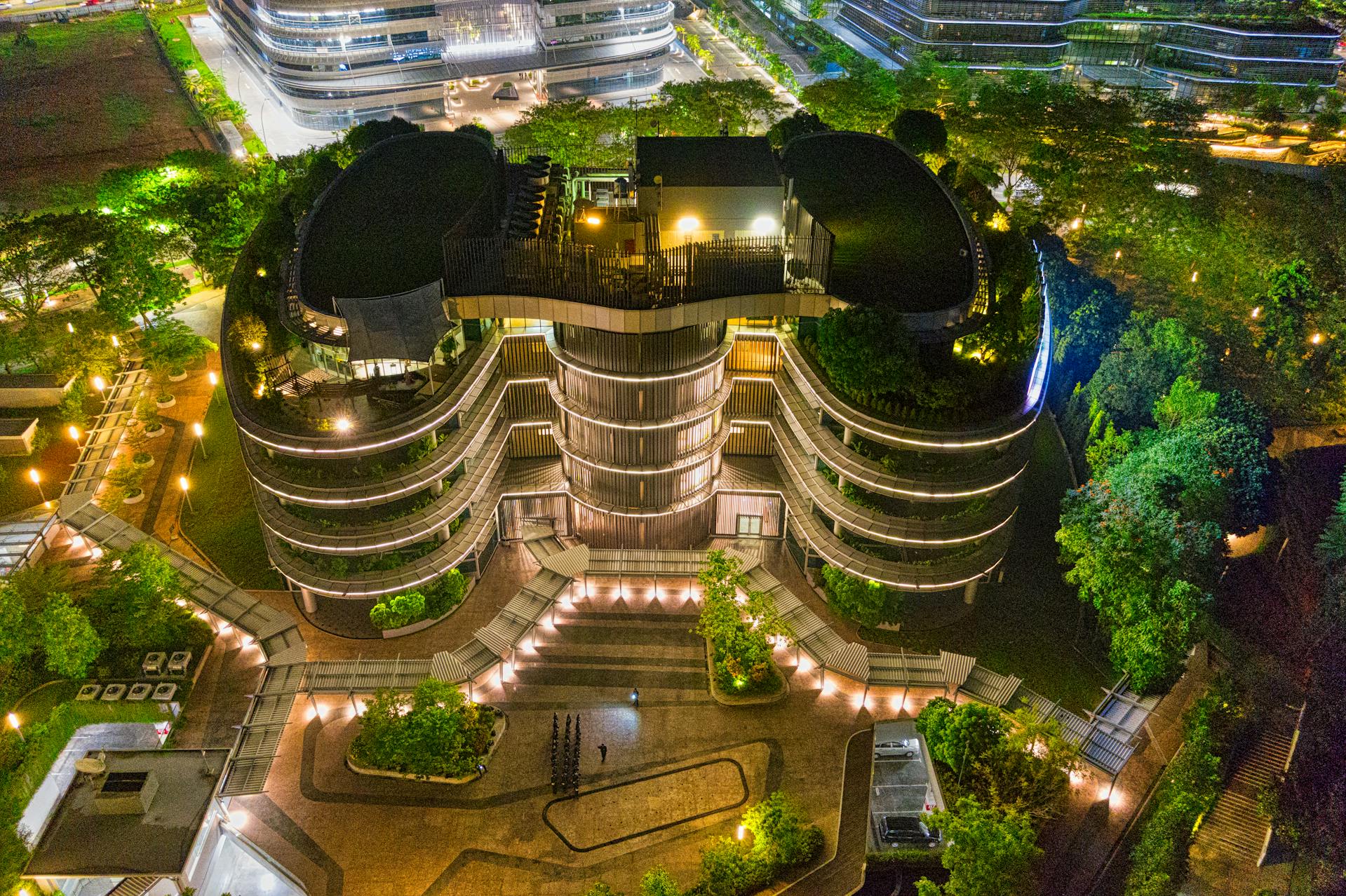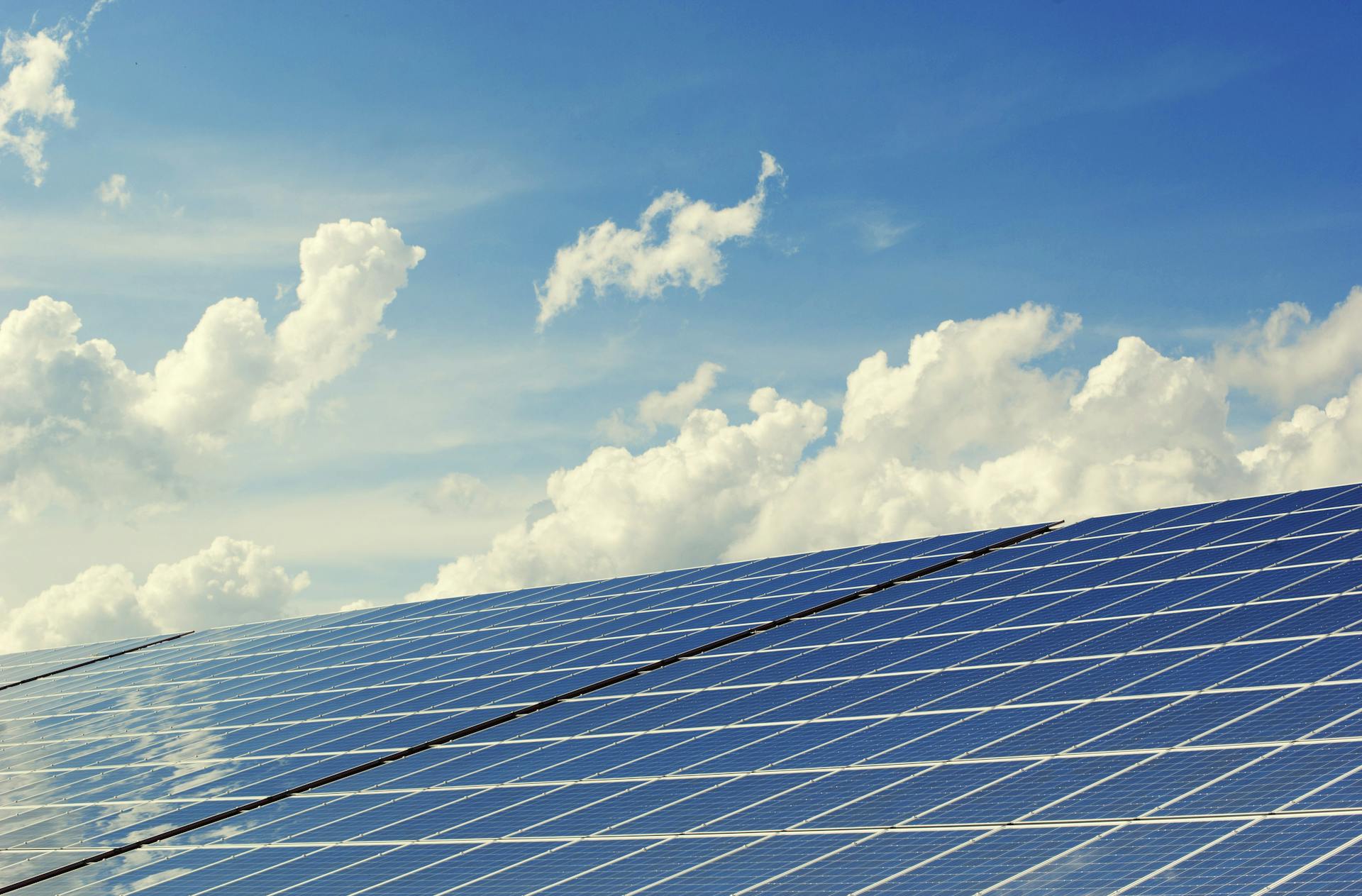In an era where cities are growing at an unprecedented rate, the challenge of creating sustainable urban environments has never been more pressing. As urban areas expand and populations surge, the demand for energy escalates, putting immense pressure on resources and infrastructure. Amid this complexity, a powerful solution emerges: integrating energy efficiency into urban planning.
Urban planning, the process of designing and organizing city spaces to accommodate growth and improve quality of life, serves as the blueprint for our cities’ future. It encompasses everything from land use and transportation systems to building designs and public spaces. At its core, energy efficiency in urban planning involves optimizing these elements to reduce energy consumption, minimize environmental impact, and enhance overall sustainability.
The relevance of this topic cannot be overstated. As more people flock to cities, energy consumption and associated emissions rise sharply, contributing to climate change and resource depletion. By embedding energy-efficient practices into urban planning, cities can not only alleviate these pressures but also reap significant benefits. From reducing operational costs and improving public health to fostering economic growth and enhancing the quality of urban life, energy efficiency offers a myriad of advantages.
In this article, we will explore the principles and strategies of energy-efficient urban planning, examine successful case studies from around the globe, and address the challenges and solutions associated with creating sustainable cities. As we navigate the path to a more sustainable urban future, understanding and implementing energy-efficient practices will be key to ensuring that our cities thrive for generations to come.
Principles of Energy-Efficient Urban Planning
Compact City Design
One of the foundational principles of energy-efficient urban planning is the concept of a compact city design. By reducing urban sprawl, cities can minimize the distance between residential, commercial, and recreational spaces. This not only curtails the need for extensive transportation networks but also encourages walkability and reduces reliance on private vehicles. Promoting mixed-use developments further enhances this approach by integrating residential, commercial, and recreational facilities into a single area. Such designs foster vibrant communities where people can live, work, and play without the need for long commutes, thereby lowering overall energy consumption and reducing greenhouse gas emissions.
Sustainable Transportation Systems
Effective urban planning also hinges on sustainable transportation systems. Investing in robust public transit options, such as buses, trams, and trains, reduces the number of individual car journeys, which in turn cuts down on traffic congestion and pollution. Furthermore, developing extensive bicycle and pedestrian infrastructure supports alternative modes of transport that are not only eco-friendly but also promote healthier lifestyles. By creating safe and convenient pathways for cyclists and pedestrians, cities can encourage these low-impact travel options, further contributing to energy efficiency and a lower carbon footprint.
Green Building Standards
Incorporating green building standards is another critical element of energy-efficient urban planning. Utilizing energy-efficient materials, such as high-quality insulation and low-energy windows, helps reduce the amount of energy needed to heat and cool buildings. Adopting green building certifications like LEED (Leadership in Energy and Environmental Design) or BREEAM (Building Research Establishment Environmental Assessment Method) ensures that new structures meet rigorous sustainability criteria. These standards provide a framework for designing buildings that minimize environmental impact, improve energy efficiency, and promote long-term sustainability.
Strategies for Enhancing Energy Efficiency
Energy-Efficient Building Designs
Innovative building designs play a pivotal role in enhancing energy efficiency. Passive solar design, for instance, involves orienting buildings and using architectural elements to maximize natural heating and cooling. This approach reduces the need for artificial temperature control, thereby lowering energy consumption. High-performance insulation and windows further contribute by minimizing heat loss and gain, creating more comfortable indoor environments with reduced energy requirements.
Renewable Energy Integration
Integrating renewable energy sources into urban environments is essential for advancing energy efficiency. Solar panels and wind turbines can be installed on rooftops and open spaces to generate clean, renewable energy. District energy systems, which involve centralized energy production and distribution, offer an efficient way to supply heating and cooling to multiple buildings. These systems often utilize renewable resources and waste heat, enhancing overall energy efficiency and reducing reliance on fossil fuels.
Smart Grid Technologies
The implementation of smart grid technologies marks a significant advancement in energy management. Smart meters provide real-time data on energy consumption, allowing consumers to monitor and adjust their usage more effectively. Energy management systems, which analyze this data, help optimize energy distribution and identify opportunities for conservation. By integrating these technologies, cities can improve energy efficiency, reduce waste, and enhance grid reliability.
Case Studies of Successful Sustainable Cities
Examples from Around the World
Several cities have set exemplary standards in sustainable urban planning through their energy-efficient initiatives. Copenhagen, renowned for its commitment to becoming carbon-neutral by 2025, has implemented extensive cycling infrastructure and renewable energy projects. Tokyo’s smart city projects, including advanced energy management systems and eco-friendly building practices, demonstrate a comprehensive approach to urban sustainability. Curitiba, with its innovative public transportation system, showcases how effective urban design can improve mobility while reducing environmental impact.
Lessons Learned
These case studies reveal valuable insights into the implementation of energy-efficient urban planning. Copenhagen’s success underscores the importance of integrating multiple sustainability strategies, while Tokyo highlights the benefits of adopting advanced technologies. Curitiba’s approach illustrates how well-designed public transport can significantly enhance urban efficiency. These lessons offer actionable strategies that other cities can adapt to their unique contexts, fostering broader adoption of energy-efficient practices.
Challenges and Solutions
Common Obstacles
Despite the advantages, several challenges hinder the widespread adoption of energy-efficient urban planning. Financial constraints often limit the ability of municipalities to invest in new technologies and infrastructure. Additionally, resistance to change from stakeholders and the public can impede progress and delay the implementation of sustainable practices.
Potential Solutions
Addressing these challenges requires a multifaceted approach. Policy and regulatory support can provide the necessary framework and incentives to drive energy efficiency initiatives. Public-private partnerships offer opportunities for collaboration and resource sharing, enabling more extensive and impactful projects. By leveraging these solutions, cities can overcome obstacles and accelerate the transition to sustainable urban environments.
Future Trends in Urban Energy Efficiency
Emerging Technologies
The future of urban energy efficiency will be shaped by emerging technologies. Advances in energy storage, such as improved battery systems, will enable better management of renewable energy and reduce dependence on traditional power sources. Innovations in green building materials, including self-healing and adaptive materials, promise to further enhance the sustainability of new structures.
Policy Developments
Upcoming regulations and incentives will play a crucial role in advancing urban sustainability. Governments are likely to introduce stricter energy efficiency standards and offer financial support for green projects. Global initiatives aimed at urban sustainability will continue to drive progress and encourage cities worldwide to adopt more efficient practices.
Conclusion
Energy efficiency in urban planning is not just a necessity but a powerful tool for designing sustainable cities. By embracing compact city designs, sustainable transportation systems, and green building standards, cities can significantly reduce their environmental impact and enhance overall quality of life. As we look to the future, continued research, technological advancements, and supportive policies will be essential in shaping a more energy-efficient urban landscape. Stakeholders must embrace these practices and advocate for ongoing innovation to ensure that our cities thrive in harmony with the environment for generations to come.


